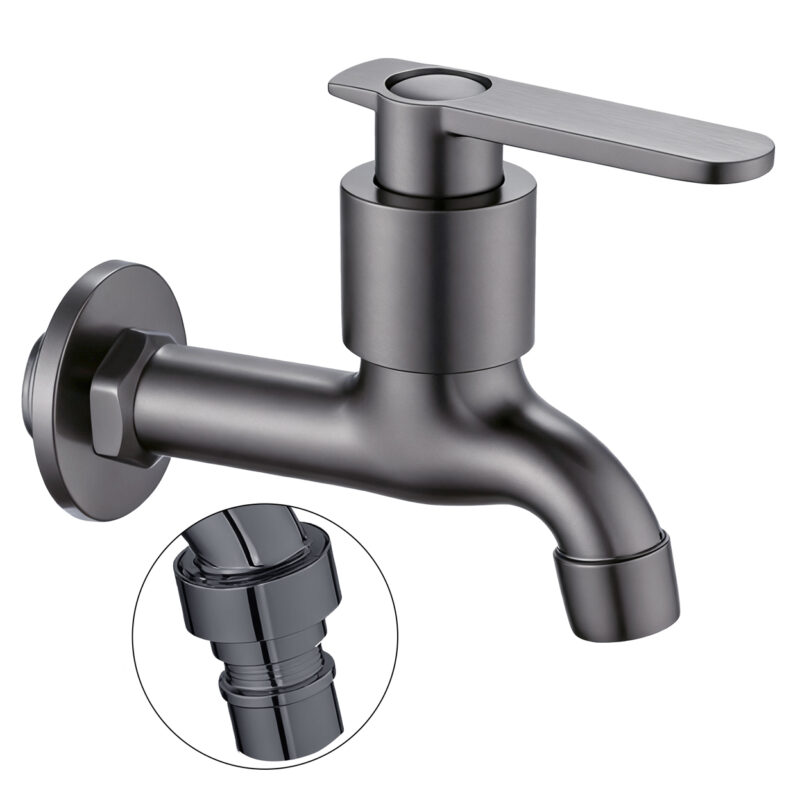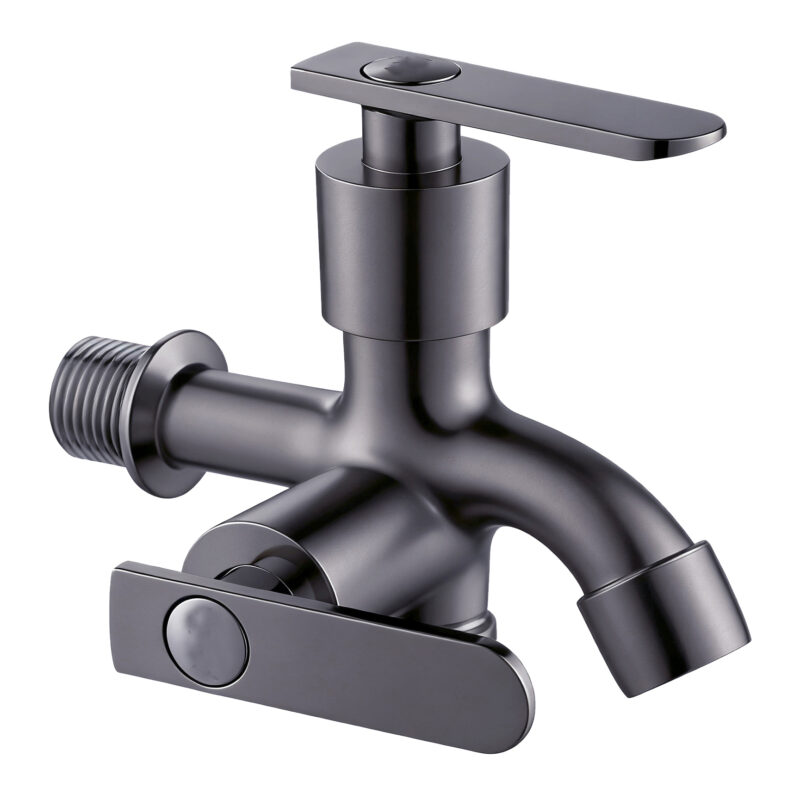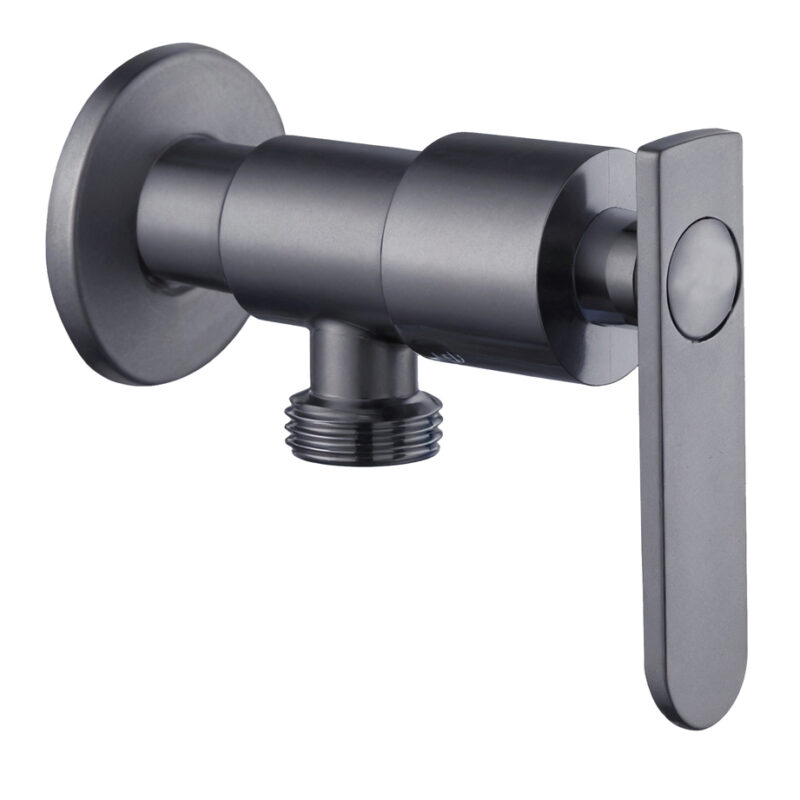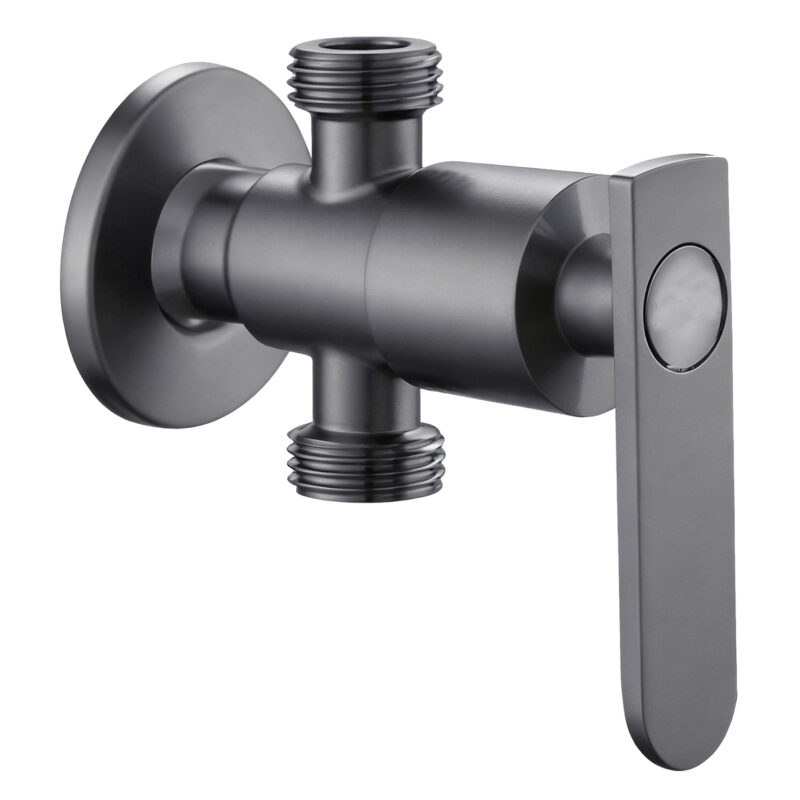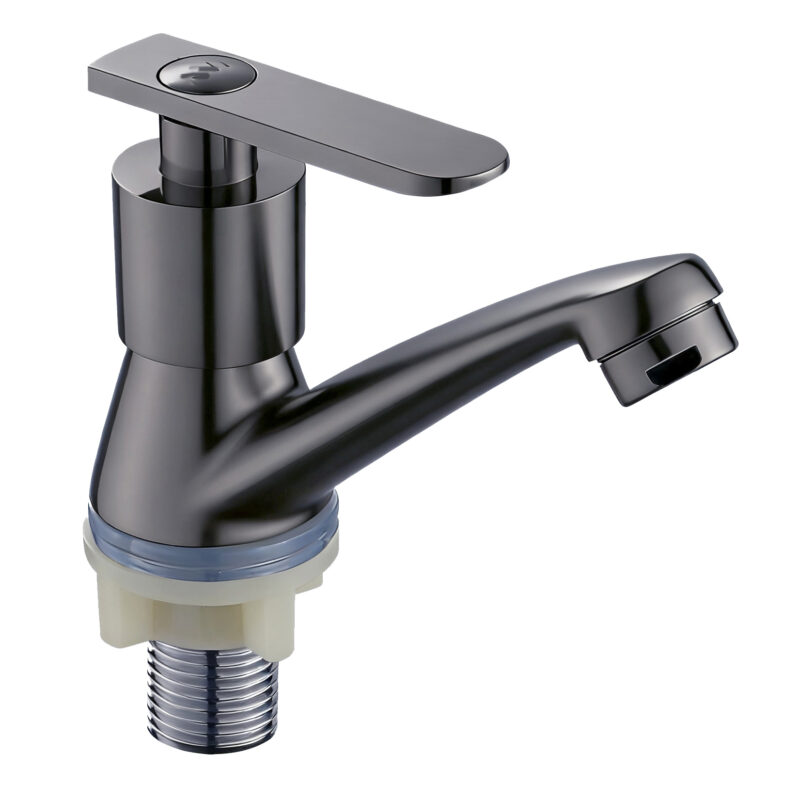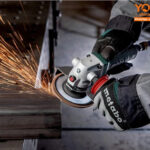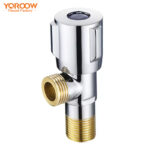1. Overview of The Angle Valves
The angle valves are a type of valve used for flow regulation in water or gas piping systems. Typically made of brass or stainless steel, they offer excellent corrosion resistance and effectively control the direction and flow of fluids. These valves are widely used in residential, commercial, and industrial applications, including water supply pipes for faucets, sinks, shower systems, and gas pipelines. When installing, ensure that the angle valve’s connection diameter matches that of the faucet and supply pipe. Wrap Teflon tape around the threaded section to improve sealing. With advanced manufacturing techniques and strict quality control, Chinese faucet factories provide high-quality the angle valves for the global market, supporting OEM/ODM customization to meet diverse needs.
2. Installation Steps for The Angle Valves
Before installing the angle valves, prepare the following tools and materials:
- The Angle Valves
- Adjustable wrench or pipe wrench
- Teflon tape or sealing glue
- Water supply pipes and fittings
(1) Turn Off the Main Water Supply Before installation, ensure that the main water supply is turned off to prevent leaks during the process.
(2) Inspect the Pipe Interface Clean the pipe interface, ensuring it is free of dirt or damage. If necessary, use sandpaper or a damp cloth to enhance sealing effectiveness.
(3) Apply Sealing Material Wrap 5-8 turns of Teflon tape evenly around the threaded connection of the angle valve or apply an appropriate amount of sealing glue to enhance the seal.
(4) Install The Angle Valves Use an adjustable wrench or pipe wrench to screw the angle valve into the pipe interface in a clockwise direction, avoiding excessive force to prevent thread damage.
(5) Connect to the Water-Using Appliance Attach the other end to the water supply pipe for the toilet, sink, or shower, ensuring a secure connection.
(6) Test the Installation Once installation is complete, slowly turn on the water supply and check for any leaks at the valve interface. If leakage occurs, adjust the sealing material or tighten the valve accordingly.
3. Maintenance and Recommendations
Regularly inspect the sealing ring of the angle valve and replace it if signs of aging or damage appear. Avoid overtightening the valve to prevent thread damage. In humid environments, periodically check the valve’s sealing performance to ensure proper operation of the water piping system.
Chinese faucet factories are committed to producing high-quality the angle valves and supporting OEM/ODM production to meet various global market needs. For purchasing or customization inquiries, please contact us.
